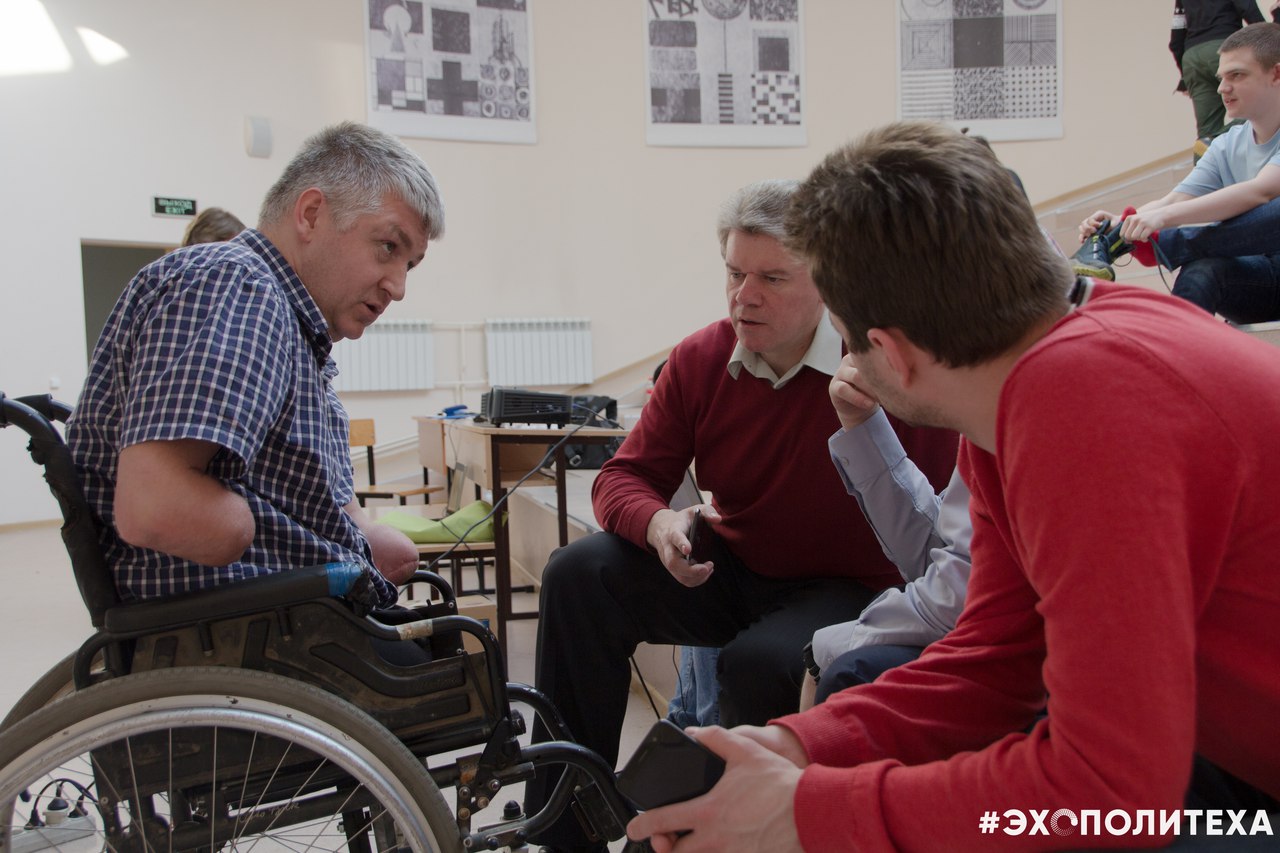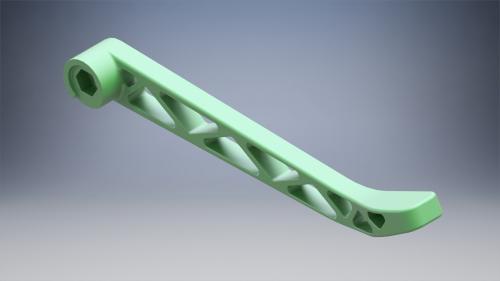Russian para-athlete, Dmitry Pavlenko – assisted by 3D printed diving gear – has made a record-breaking dive in Egypt’s Red Sea.
Pavlenko executed the 40-meter independent deep dive on May 7th, 2018 using a buoyancy lever which controlled his air-circulation valves whilst underwater. The lever was designed and created by a student engineering team from Moscow Polytechnic University (MPU) in Russia.
Commence project “Depth Assault”
To reach deeper beneath the sea’s surface, divers must wear special vests fitted with two-valves to control air circulation. With his unique anatomy Pavlenko cannot properly control these valves, hence the need for a lever.
Pavlenko lost both his arms and legs in a bomb blast while serving in the Russian army and has made it his goal to surpass fellow quadruple amputee and diver Philippe Croizon’s record-setting dive of 33-meters. Thus, he created a homemade lever. However, this lever eventually became problematic. Calling on Anisoprint, a manufacturer of continuous carbon-fiber FFF 3D printers, and MPU students, Pavlenko inspired the start of project Depth Assault.
The project initiated a hackathon on March 24th to design and create diving equipment that would allow Pavlenko to execute a deep dive crossing 30-meters.
During the day-long event, six student engineering teams produced four different prototypes using Fused Deposition Modeling (FDM) of ABS plastic.
“The competitions that are concluded with the manufacturing of a functional prototype allow [us] to evaluate the training level of the students,” said Pavel Petrov, Head of the Department of Mechanical Engineering at MPU.
Petrov adds, “The students can see the materials processing by pressure and additive technologies and acknowledge that the practical skills are now in demand in society.”

A trial and error process
Using ABS alone, the first prototype proved weak when tested against the pressures of deep immersion. Multi-part assemblies also proved to be too weak against a monolithic structure.
Eventually, a combination of these two requirements resulted in the most durable and adaptable lever.
Students Stanislav Shvydkin and Evgeniy Novikov proposed a design that would make the layers of FDM 3D prints a pro rather than a con.
“We decided to use this property as an advantage and to change the direction of the grid structure of the lever,” student Novikov explained. “Since we have an opportunity to receive a product with high durability, it is possible to neglect the durability of the structure itself by reducing the cross-sectional area.
The finished lever was 3D printed in a carbon-fiber reinforced ABS.
Novikov continues, “Owing to the chosen technology we saved on the material, leaving a large margin of the product’s durability. Additionally, a small lever has a low hydrodynamic resistance, and that is made up for by the reliability of the material.”

Pushing boundaries with 3D printing
From the 3D printed Onyx carbon fiber-reinforced nylon gloves used to give athletes an edge at the Commonwealth Games paratriathlon, to Rio Paralympian Denise Schindler’s 3D printed carbon-fiber prosthetic leg – 3D printing continues to support athletic development.
After Pavlenko’s successful deep dive, an official report of his immersion was recognized on May 8th by the eHandicap World Records in non-Olympic sports.
“I feel that now my example can motivate other people with disabilities to take the first step out of the cage where many find themselves after an injury,” says Pavlenko.
Pavlenko plans on surpassing his record during a dive planned for this summer in Russia. Therefore, the student team will produce a new lever using the same 3D model.
For more stories on the latest developments in 3D Printing subscribe to the 3D Printing Industry newsletter, follow us on Twitter and like us on Facebook.
Want to advance your career in additive manufacturing? Sign up to 3D Printing Jobs here.
Featured image shows para-athlete Dmitry Pavlenko during deep dive. Photo via Moscow Polytechnic University.


